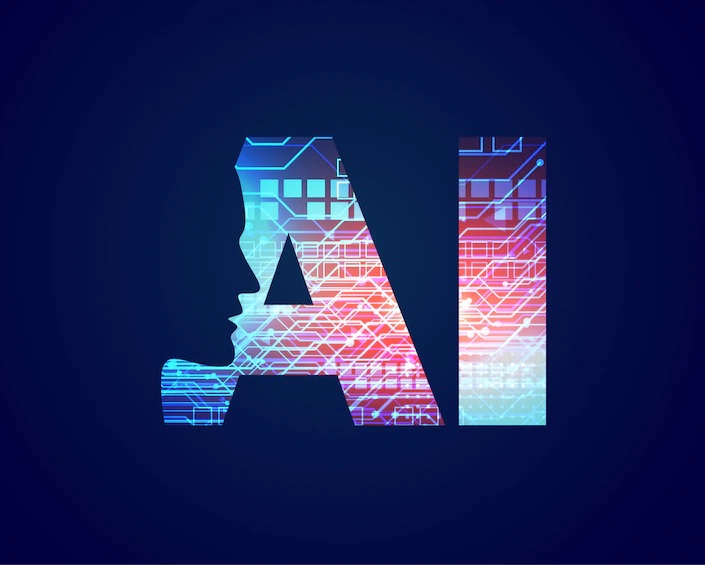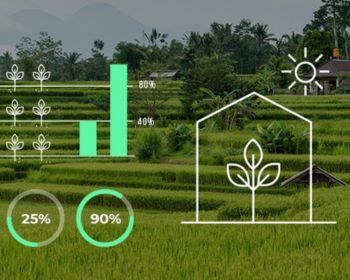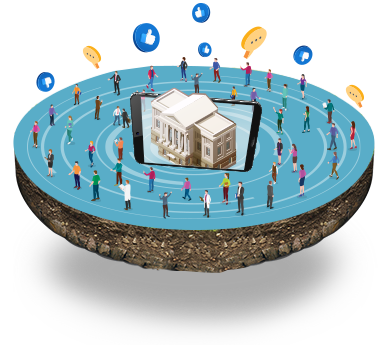Data proliferation will never end and this necessitates the use of data related technologies like Data Science and Big Data Analytics, increasing day by day. According to Statista research, the total amount of data created, captured, copied, and consumed globally, are 64.2 zettabytes in 2020. Over the next five years up to 2025, global data creation is projected to grow to more than 180 zettabytes. Data Science makes use of several statistical procedures. These procedures range from data transformations, data modelling, statistical operations and machine learning modelling. Data science is an interdisciplinary field that uses techniques such as machine learning (ML) and artificial intelligence (AI) to extract meaningful information and predict future patterns and behaviours. It is a general process and method that analyzes and manipulates data. Also, it enables to find meaning and appropriate information from large volumes of data. This makes it possible for us to use data for making key decisions in business, science, technology, and even politics.

AI is reproducing human intelligence in machines, especially computer systems through learning, reasoning and self-correction, and that’s how for example one gets suggestions according to their taste and choice. While Machine learning (ML) is a subset of Artificial Intelligence, it helps in teaching computers how to learn and make predictions from data without necessarily being programmed. For example, ML helps you get filtered mails. Deep learning is a subset of machine learning in which data goes through multiple numbers of non-linear transformations to obtain an output. Generative AI leverages AI and machine learning algorithms to enable machines to generate artificial content such as text, images, audio and video content based on its training data, in a manner which tricks the user into believing the content is real. This is called DeepFake. Deep fake technology is applied to localize content (e.g.: dubbing and moderating) while distributing it across the globe. Generative AI can help in protecting identity, enables early identification of potential malice to create effective treatments in health care and enables robotics control by reinforcing machine learning models to be less biased and comprehend more abstract concepts in simulation and the real world.
The application of artificial intelligence in the enterprise is profoundly changing the way businesses work. AI technologies are implemented in business operations to save money, boost efficiency, generate insights and create new markets. The AI-powered enterprise applications enhance customer service, maximize sales, sharpen cybersecurity, optimize supply chains, free up workers from mundane tasks, improve existing products and point the way to new products. Artificial intelligence (AI) has leapt into practical reality and is quickly becoming a competitive necessity. Yet, amidst the current frenzy of AI advancement and adoption, many leaders and decision-makers still have significant questions about what AI can actually do for their businesses.
Business Benefits
While many might think that AI is a long way in future, it is already here. With technology giants like Facebook and Google, placing huge bets on AI and ML by already incorporating them into their products, AI and ML are certainly here to stay.
- Cost reduction: Intelligent automation of tasks that are relatively low value and often repetitive, can reduce costs through improved efficiency and quality
- Speed to execution: By minimizing latency, there is a reduction in the time required to achieve operational and business results
- Simplify complexities: Analytics improve understanding and decision making through visualization that is more proactive, predictive, and able to see patterns in increasingly complex sources.
- Transformed engagement: Redefine the way people interact with technology, enabling businesses to engage with people on a human level rather than forcing humans to engage on machine terms.
- Disruptive innovation: Fuel innovation to play and win by using AI by enabling new products, markets, and business models.
- Ensure trust: Secure business from risks such as fraud and cyber—improving quality and consistency while enabling greater transparency to enhance brand trust.
According to the statistics, the AI market is expected to reach $190 billion by 2025. Governments are willing to invest in AI. 92% of US citizens report that improved digital services would positively impact their view of government (Accenture study). Artificial intelligence adoption is increasing. 90% of top businesses have an ongoing AI investment and customers who are delighted with the personalized experiences leveraged through AI, have started expecting the same experience from every brand and institute they engage with. 61% of government decision-makers state that AI is at least moderately functional in their organizations, according to a 2021 survey by KPMG. Moreover, 79% of them believe AI will improve bureaucratic efficiency.
Application of AI
The application of AI from enterprises to governance, such as security, finance, manufacturing, e-commerce, voice recognition and transportation, provides an opportunity for leapfrog development in the way businesses are done... Large data sets and better analytic tools allow for better design of policies. AI and ML techniques can be applied in large-scale public initiatives as well ranging from crop insurance schemes to tax fraud detection to enhancing our security strategy. Here are some examples:
- Robotic process automation (RPA), natural language processing (NLP), and computer vision are used to digitize paper documents and accelerate processing. Intelligent IT systems have the potential to increase analytics capabilities and simplify audit and historical document tracing efforts.
- The use of AI and human-machine teaming can better predict risk for housing and food insecurity, addictions, and mental health episodes— enhancing public policy to improve citizens’ quality of life.
- AI algorithms to analyze large quantities of biomedical data—including genomic, imaging, and clinical data—to accelerate the discovery of new ways to prevent, diagnose, and treat diseases
- AI helps to identify patterns, impacts, and mitigation options for challenges related to public health and climate change. It can also assist to identify patterns, impacts, and mitigation options for challenges related to public health and climate change
- Using AI and computer vision-enabled video surveillance to detect potential security threats more quickly and accurately.
- AI algorithms can detect fraud in the filing of corporate tax returns by employing pattern recognition over a large volume of pre-existing filed tax returns and rule-based analysis of tax regulatory codes, which can help to avoid tax evasion.
- In the area of Smart City development, AI and ML can and will play an integral part in analyzing huge volumes of data, which would be generated by smart city components and also by users.
- AI can be the bedrock on which patterns and similarities between various data sets can be detected and acted on. AI models will learn each day from the streaming/online data in the cognitive systems and will keep on increasing the accuracy level of predictions and insights.
- AI and ML can also be used in e-governance in traditional industries like agriculture by using smarter production, processing, storage and distribution and consumption mechanisms. AI solutions can help provide site-specific, timely data on crops to enable the application of appropriate inputs such as fertilizers and chemicals.
- AI and ML can be utilized for cyber defence and intelligence. In law, AI and ML can be used for predictive analysis, robocops, monitoring, and patrol cars. In education, AI is specifically used for enhanced decision making, personalized training, and advanced progress monitoring.
CSM being a pioneer in the Emerging Tech space has implemented AI ML in different domains. Granular data collection and plot-level analytics help to capture satellite images analyzed using Machine Learning (ML) modules to provide accurate and timely crop analytics facilitating state authorities to have end-to-end visibility into farms and farmers. Additionally, it can identify genuine beneficiaries and help governments to maximize the impact of interventions in the farm sector. CSM has used AI - facial recognition for an electronic pass system for easy verification of visitors to Government offices in Odisha ensuring high security and faster accessibility service. AI embedded into tools like ‘social listening’ is making this two-way government-citizen experience more immersive. Using niche technology like machine learning, social listening enables ‘real-time’ social media response mining. This has been used for grievance management and redressal through the ‘sociomatic’ tool powered by AI.
































